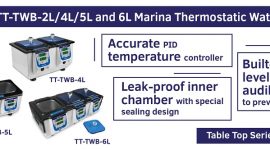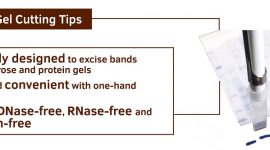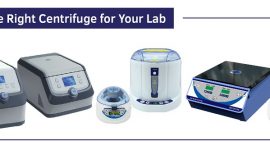20 Dec
2017
What is the Best Sterilization Technique to Use?
Sterilization is a process intended to annihilate and remove all forms of life present in a certain region. It’s accomplished by use of physical or chemical means. These are the most common methods of sterilization in laboratory. Read on!
| TABLE 2 – Outline of the properties of heat decontamination methods. | ||||
| Conditions | Advantages | Disadvantages | Uses | |
| Dry Heat | Thermal inactivation: destroys by oxidation | Non-corrosive Simple design and principle | Less effective than moist heat; requires longer times and/or higher temperatures | Materials that are damaged by, or are impenetrable to, moist heat |
| Hot Air Oven | 160-180 °C for 2-4 hours | • Penetrates water-insoluble materials (e.g., grease and oil) • Less corrosive to metals and sharp instruments than steam | • Slow diffusion, penetration • Loading, packing critical to performance • Not suitable for reusable plastics | • Anhydrous materials, such as oils, greases and powders • Laboratory glassware, instruments • Closed containers |
| Red-heat Flame | Oxidation to ashes (burning) | • Rapid | • Initial contact with flame can produce a viable aerosol • Possibility of accidental fire | • Inoculating loops, needles |
| Infrared | Heated chamber ranging from 480 – 825 °C | • Rapid (5-7 seconds) • Safe | • Works with small items that fit the chamber | • Inoculating loops, needles • Glass tube, pipette mouth |
| Boiling | Maximum temperature obtainable is approximately 100 °C 10-30 mins | • Minimal equipment required | • Cumbersome: not practical for everyday laboratory use • Not reliably sporicidal | • Small instruments and equipment |
| Autoclaving | Steam under pressure 121°C /15 psi for 15-90 minutes (gravity displacement autoclave) 132°C /27 psi for 4-20 minutes (pre-vacuum autoclave) | • Minimal time required • Most dependable sterilant for laboratory use | • Loading and packing critical to performance • Shielding dirt must first be removed • Maintenance and quality control essential • Damages heat-sensitive items | • Penetration of sterile glassware, media and instruments • Decontamination of reusable supplies and equipment • Decontamination of infectious waste |
While many of these personal methods are able to sterilize surfaces, they are frequently used in combination to expand a suitable sterilization protocol. Although sterilization itself does not need downstream validation for use in a manufacturing setting, it is suggested that these processes are closely monitored and quantified wherever feasible to guarantee safe and consistent results that increases personnel safety.
TT-825-S / TT-825-L Infrared Micro-Sterilizer utilizes infrared that produce 825 °C to incinerate organic material deep within the ceramic funnel.
Ideally used to provide complete sterilization of platinum inoculating loops, needles, glass tube or pipette mouth in 5-7 seconds.
Learn more tips here.






